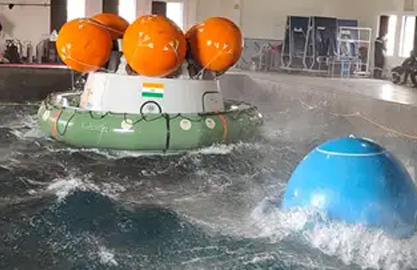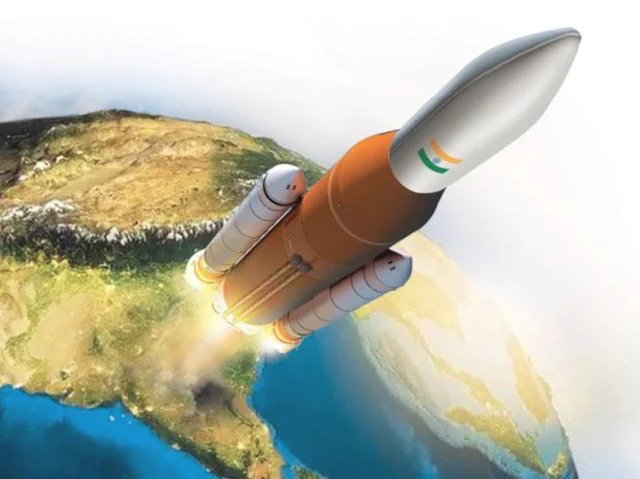Initial Crew Module recovery tests were conducted by the Indian Space Research Organization and Indian Navy in the Water Survival Test Facility (WSTF) as part of the mission’s planning. According to the space agency, the tests at the WSTF of the Navy in Kochi, Kerala, used a Crew Module Recovery Model (CMRM) that simulates the mass, Centre of gravity, outside dimensions, and externals of the actual Crew Module during touchdown.
Trials were conducted as part of getting ready for the Gaganyaan mission’s crew module recovery operations, which would take place in Indian waters with the help of Indian Government agencies, with the Indian Navy serving as the recovery operation’s overall commander.

According to ISRO, the Gaganyaan project aims to send a crew of three people into a 400 km orbit for a three-day mission and return them safely to land in Indian sea waters. This will serve as a demonstration of space exploration capacity.
The safe retrieval of the crew must be carried out as quickly as possible because it is the last task to be completed for any successful human spaceflight, according to an ISRO statement.
As a result, the recovery procedures for various scenarios must be thoroughly practiced through a large number of trials. The Standard Operating Procedures (SoP) for Crew and Crew Module recovery must be completed. The recovery trials will begin in a closed pool and will be followed by trials in a harbor and at sea.
According to the statement, the WSTF is a cutting-edge facility of the Indian Navy that provides realistic training of aircrew for escape from a ditched aircraft under various simulated conditions and crash scenarios. The WSTF simulates various sea state conditions, environmental conditions, and day/night conditions.
Meanwhile, ISRO announced that the first Throttling demonstration hot test of the Vikas engine was successfully completed for a targeted 67 percent thrust level throttling for a duration of 43 seconds in order to enable booster stage recovery in future launch vehicle configurations.
Follow and Connect with us on
Behance | Facebook | Instagram | Linkedin | Dribbble | Twitter | Tumblr | Pinterest











